Turnip cake
lo bak go, law bock gow, carrot cake, radish cake, 蘿蔔糕, 萝卜糕
Turnip cake is a Chinese dim sum dish. The less common name radish cake is more accurate, as Western-style turnips are not used in the dish but rather shredded radish and plain rice flour. It is traditionally called carrot cake in Singapore. Turnip cake is commonly served in Cantonese yum cha, usually cut into rectangular slices and sometimes pan-fried before serving. Each pan-fried cake has a thin crunchy layer on the outside from frying, and is soft on the inside. The non-fried version is soft all over. It is one of the standard dishes found in the dim sum cuisine of China as well as in overseas Chinatown restaurants. It is also commonly eaten during Chinese New Year, since the word for radish (菜頭; chhài-thâu) is a homophone for "good fortune" (好彩頭; hó-chhái-thâu) in the Hokkien language. In Taiwan, turnip cake is also commonly eaten as part of breakfast. The dish is known as "fried carrot cake" or simply "carrot cake" in Southeast Asian countries, as the word for daikon, one of its main ingredients, can also refer to a carrot (紅菜頭; âng-chhài-thâu; 'red radish'). There is no connection between this dish and the sweet Western carrot cake. It is called "carrot cake" because of a loose English translation of chhài-thâu-kóe, which caught on among the non-native speaking diners. This misnomer gave the title to a popular guidebook on Singapore's street food, There's No Carrot in Carrot Cake, which was written by Ruth Wan, Roger Hiew, and Leslie Tay, published by Epigram Books in 2010.
Source: Wikipedia
Recipes

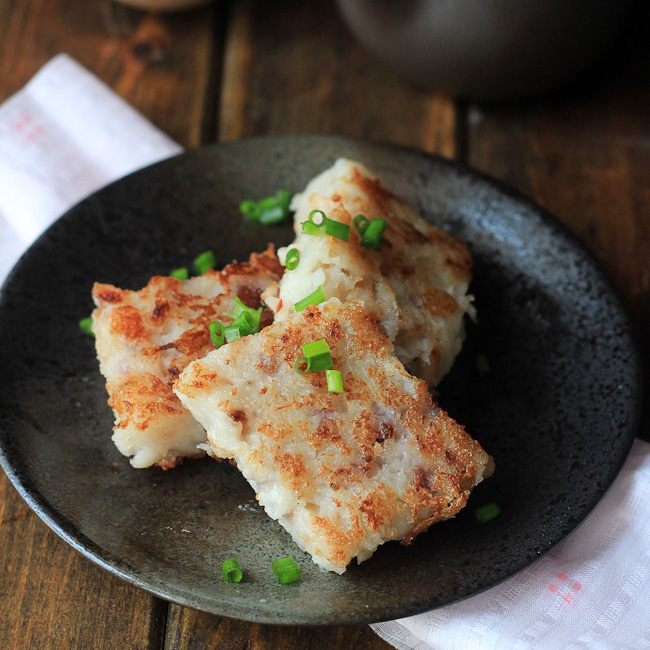

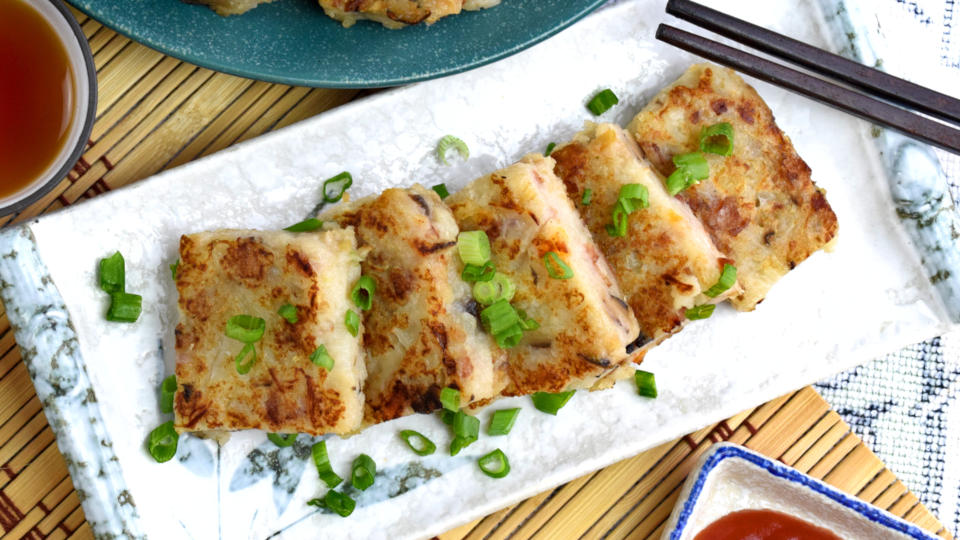
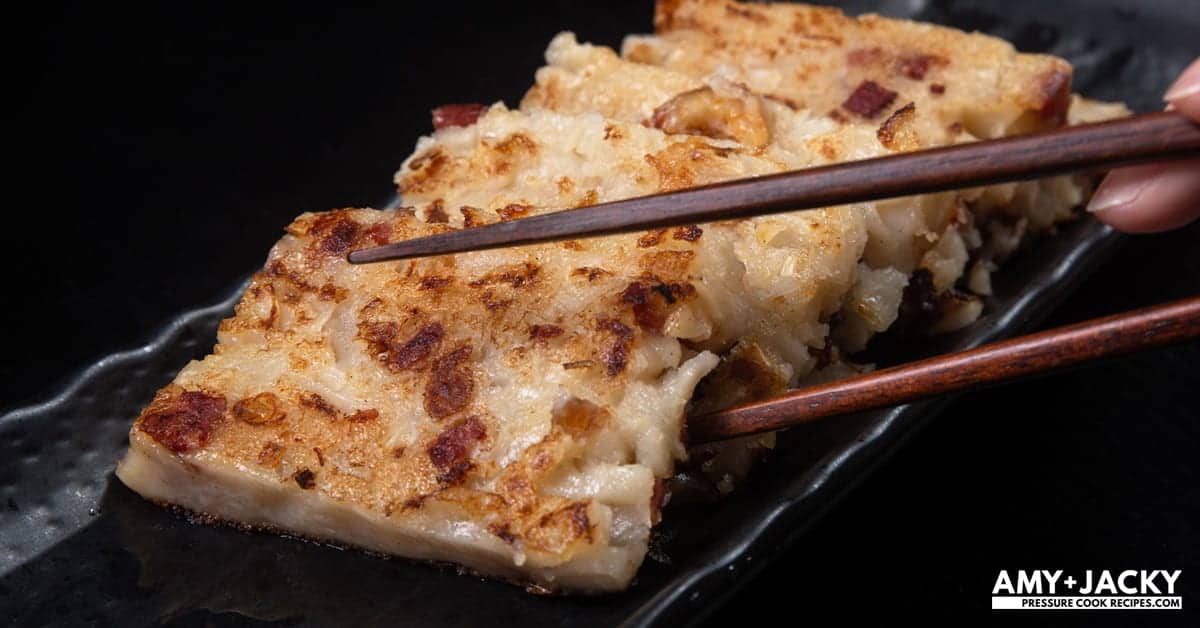
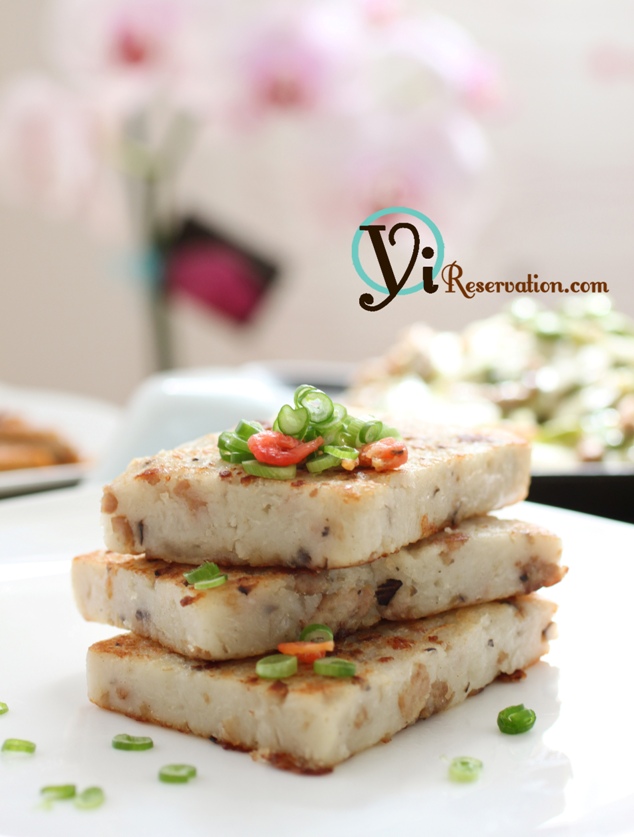

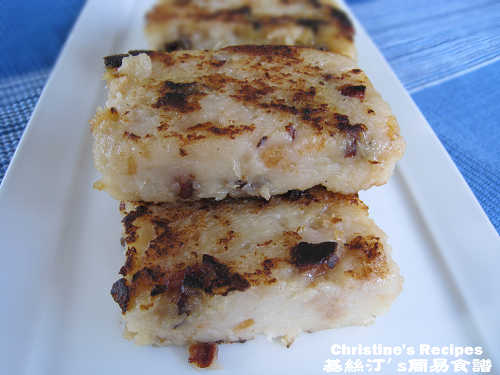
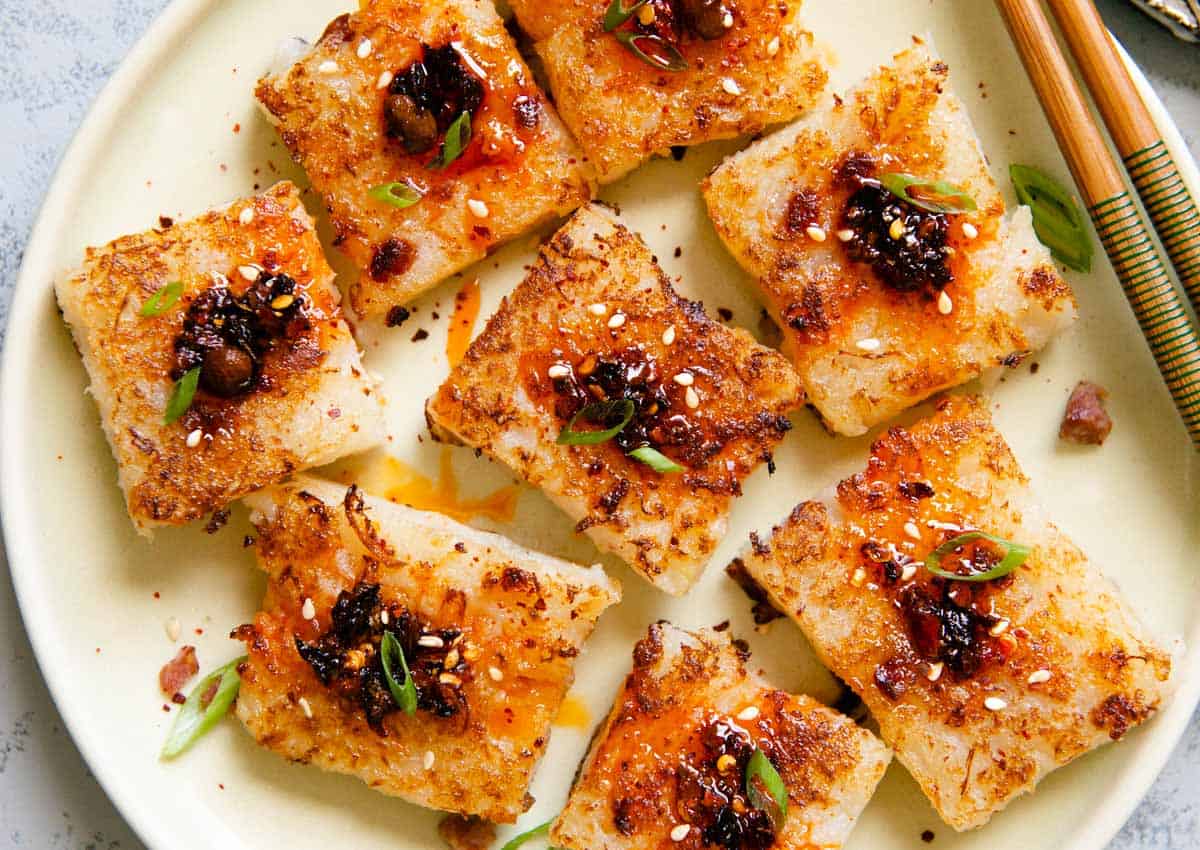




:max_bytes(150000):strip_icc()/__opt__aboutcom__coeus__resources__content_migration__serious_eats__seriouseats.com__images__2015__02__20150213-turnip-cake-law-bok-gow-shao-zhong-20-357e56d1714e4c9190eed7e818b12f22.jpg)
